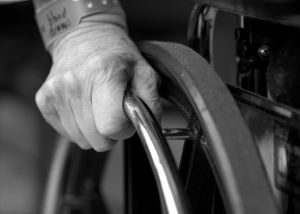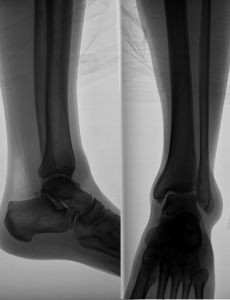Rather than reduce the 1.5 year wait for a Social Security Disability Hearing, the Social Security Administration is adding a step to the application process that is expected to add six months to the wait time for most applicants.
More than 43,000 applicants await a Social Security Disability hearing in Massachusetts, where a backlog of 10,000 cases has created an average wait of more than 450 days for a court hearing, according to the most recent statistics. Unfortunately, most states score even worse, with the average wait time nationwide at more than 530 days.
Seeking early representation by an experienced SSDI lawyers in Boston can best protect your rights and streamline the lengthy application process, which is largely designed to discourage qualified applicants from obtaining all of the benefits to which they are entitled. Funding received last year by the Social Security Administration aimed at tackling the hearing backlog has met with only moderate success, reducing the national average wait time by 67 days.
 Massachusetts Social Security Disability Lawyers Blog
Massachusetts Social Security Disability Lawyers Blog









